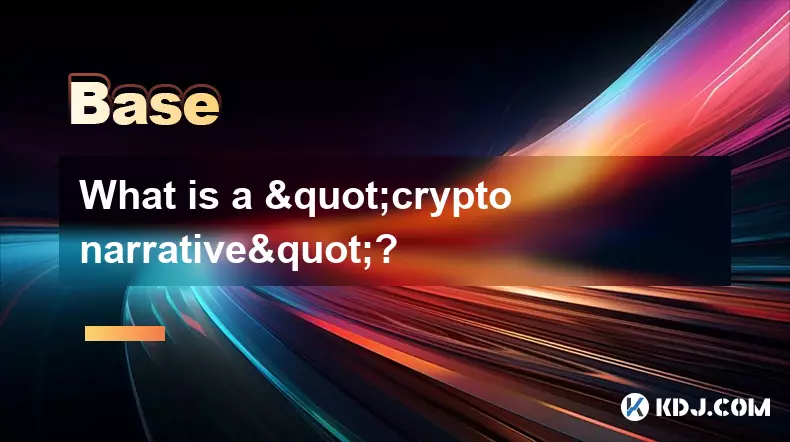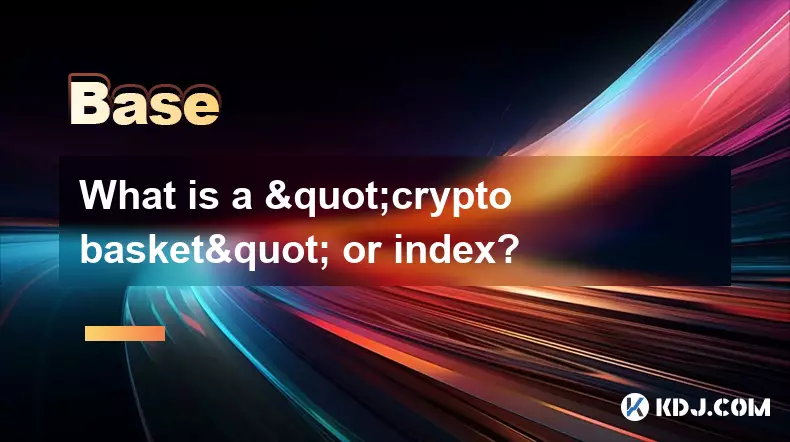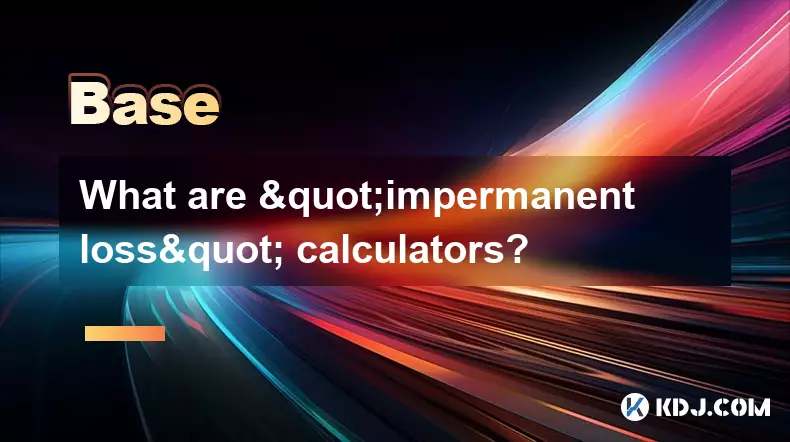-
 Bitcoin
Bitcoin $111500
0.05% -
 Ethereum
Ethereum $4439
1.69% -
 XRP
XRP $2.868
1.24% -
 Tether USDt
Tether USDt $1.000
-0.01% -
 BNB
BNB $859.0
1.00% -
 Solana
Solana $211.2
3.36% -
 USDC
USDC $0.9997
-0.03% -
 Dogecoin
Dogecoin $0.2177
2.23% -
 TRON
TRON $0.3403
0.32% -
 Cardano
Cardano $0.8351
1.20% -
 Chainlink
Chainlink $23.62
1.09% -
 Hyperliquid
Hyperliquid $45.59
1.56% -
 Ethena USDe
Ethena USDe $1.001
0.00% -
 Sui
Sui $3.368
2.46% -
 Bitcoin Cash
Bitcoin Cash $599.2
3.37% -
 Stellar
Stellar $0.3648
0.00% -
 Avalanche
Avalanche $25.30
4.74% -
 Hedera
Hedera $0.2213
2.22% -
 Cronos
Cronos $0.2714
3.55% -
 UNUS SED LEO
UNUS SED LEO $9.504
-0.78% -
 Litecoin
Litecoin $112.6
0.94% -
 Toncoin
Toncoin $3.179
0.95% -
 Shiba Inu
Shiba Inu $0.00001247
0.37% -
 Polkadot
Polkadot $3.863
1.58% -
 Uniswap
Uniswap $9.631
0.60% -
 Bitget Token
Bitget Token $5.067
0.00% -
 Dai
Dai $1.000
0.01% -
 World Liberty Financial
World Liberty Financial $0.2154
-6.17% -
 Monero
Monero $269.4
2.09% -
 Aave
Aave $325.8
3.92%
What is a "crypto narrative"?
Crypto narratives shape market trends by turning complex ideas into compelling stories that drive investment, often regardless of factual accuracy.
Sep 03, 2025 at 05:19 pm

Understanding the Concept of a Crypto Narrative
1. A crypto narrative refers to the prevailing story or belief that drives investor sentiment and market behavior within the cryptocurrency space. These narratives are often shaped by technological developments, macroeconomic conditions, or influential figures in the industry. They act as catalysts that attract capital and attention toward specific projects or sectors.
2. Narratives gain traction when they align with broader trends such as decentralization, financial sovereignty, or innovation in blockchain infrastructure. For instance, the idea that blockchain can eliminate intermediaries in finance became a powerful narrative during the early days of Bitcoin.
3. Social media, forums like Reddit, and influencer commentary amplify these narratives rapidly. A single tweet from a high-profile individual can ignite widespread discussion and trigger price movements across multiple digital assets.
4. The strength of a narrative lies in its ability to simplify complex technological concepts into digestible ideas that resonate with both retail and institutional investors. This emotional appeal often outweighs fundamental metrics in the short term.
5. Narratives do not need to be factually complete to influence markets—they only need to be believable and widely shared. Misinformation or exaggerated claims can still drive significant trading volume and price surges if enough participants adopt the story.
Types of Dominant Crypto Narratives
1. The 'digital gold' narrative positions Bitcoin as a store of value similar to precious metals. This idea gained momentum during periods of inflation and economic uncertainty, encouraging investors to treat BTC as a hedge against fiat devaluation.
2. The decentralized finance (DeFi) narrative emphasized permissionless lending, borrowing, and yield generation through smart contracts. Projects on Ethereum and later on alternative Layer 1 blockchains flourished as this narrative peaked in 2020 and 2021.
3. Non-fungible tokens (NFTs) were propelled by the narrative of digital ownership and creator empowerment. Collectors and artists embraced the idea that blockchain could authenticate and monetize digital art, leading to explosive growth in NFT marketplaces.
4. The layer-1 scalability race introduced narratives around speed, low fees, and ecosystem growth. Blockchains like Solana, Avalanche, and Binance Smart Chain competed for developer mindshare by promoting their technical advantages.
5. More recently, the 'modular blockchain' narrative has gained ground, suggesting that future blockchains will specialize in specific functions like data availability or execution, rather than trying to do everything in one place. This shift influences how new protocols are designed and funded.
The Impact of Narratives on Market Cycles
1. Crypto narratives often emerge at the beginning of bull markets, creating a sense of urgency and FOMO (fear of missing out). As more people adopt the story, capital flows into related assets, driving up valuations.
2. During the peak of a narrative cycle, speculative activity dominates. New projects launch with whitepapers that mirror the popular theme, regardless of actual utility or long-term viability.
3. When the narrative weakens—due to regulatory pressure, technical failures, or loss of interest—the associated assets typically experience sharp corrections. Investors who entered late often suffer significant losses.
4. Narrative fatigue sets in when the original promise fails to materialize at scale. For example, while many believed DeFi would replace traditional banks, regulatory hurdles and user experience challenges have slowed mainstream adoption.
5. Market downturns often lead to the emergence of counter-narratives focused on sustainability, real-world use cases, and protocol fundamentals. These pave the way for the next cycle of belief-driven investment.
Frequently Asked Questions
What causes a crypto narrative to lose momentum?A narrative weakens when reality fails to match expectations. Security breaches, lack of user adoption, regulatory crackdowns, or better alternatives can all undermine confidence in a once-popular story.
Can multiple crypto narratives coexist?Yes. While one narrative may dominate headlines, others continue to evolve in parallel. For example, while NFTs captured public attention, developments in privacy coins and cross-chain interoperability progressed quietly.
How do developers respond to shifting narratives?Many teams adapt their messaging and product roadmaps to align with current trends. A project initially focused on gaming might rebrand as a metaverse platform if that narrative is gaining traction.
Are crypto narratives unique to digital assets?While storytelling exists in all financial markets, crypto narratives spread faster and have a more immediate impact due to the 24/7 nature of trading, global accessibility, and strong online communities.
Disclaimer:info@kdj.com
The information provided is not trading advice. kdj.com does not assume any responsibility for any investments made based on the information provided in this article. Cryptocurrencies are highly volatile and it is highly recommended that you invest with caution after thorough research!
If you believe that the content used on this website infringes your copyright, please contact us immediately (info@kdj.com) and we will delete it promptly.
- Max Keiser, El Salvador, and Bitcoin: A Budding Bromance?
- 2025-09-03 22:25:15
- XRP Cash Flow: Turning $100,000 into a Daily Stream?
- 2025-09-03 22:45:12
- Ethereum Price, Q4 Prediction, and Layer Brett: What's the Buzz?
- 2025-09-03 22:45:12
- Bitcoin, Safety Net, and ChangeNOW: Navigating the Crypto Landscape Like a New Yorker
- 2025-09-03 22:50:12
- Pump.fun's Fee Revolution: Dynamic Fees and the Future of Creator Economics
- 2025-09-03 22:55:12
- Trust Wallet, Tokenized Stocks, and Ondo: A New Era for Global Finance?
- 2025-09-03 23:00:12
Related knowledge

What is "backtesting" a crypto trading strategy?
Sep 03,2025 at 10:55am
Understanding Backtesting in Crypto TradingBacktesting is the process of evaluating a trading strategy by applying it to historical market data. Trade...

What is a "crypto trading bot" and do they work?
Sep 02,2025 at 04:19pm
Understanding Crypto Trading Bots1. A crypto trading bot is a software application designed to automate the process of buying and selling cryptocurren...

What is a "copy trading" platform?
Sep 02,2025 at 07:00pm
Understanding Copy Trading in the Cryptocurrency Space1. A copy trading platform allows users to automatically replicate the trades of experienced inv...

What is "social trading" for crypto?
Sep 03,2025 at 09:00pm
Understanding Social Trading in the Cryptocurrency Space1. Social trading refers to a method where investors observe, follow, and automatically replic...

What is a "crypto basket" or index?
Sep 03,2025 at 07:01am
Understanding Crypto Baskets and Their Role in Digital Asset Investment1. A crypto basket refers to a curated collection of multiple cryptocurrencies ...

What are "impermanent loss" calculators?
Sep 03,2025 at 12:00pm
Understanding Impermanent Loss in Decentralized Finance1. Impermanent loss is a phenomenon that affects liquidity providers in decentralized exchanges...

What is "backtesting" a crypto trading strategy?
Sep 03,2025 at 10:55am
Understanding Backtesting in Crypto TradingBacktesting is the process of evaluating a trading strategy by applying it to historical market data. Trade...

What is a "crypto trading bot" and do they work?
Sep 02,2025 at 04:19pm
Understanding Crypto Trading Bots1. A crypto trading bot is a software application designed to automate the process of buying and selling cryptocurren...

What is a "copy trading" platform?
Sep 02,2025 at 07:00pm
Understanding Copy Trading in the Cryptocurrency Space1. A copy trading platform allows users to automatically replicate the trades of experienced inv...

What is "social trading" for crypto?
Sep 03,2025 at 09:00pm
Understanding Social Trading in the Cryptocurrency Space1. Social trading refers to a method where investors observe, follow, and automatically replic...

What is a "crypto basket" or index?
Sep 03,2025 at 07:01am
Understanding Crypto Baskets and Their Role in Digital Asset Investment1. A crypto basket refers to a curated collection of multiple cryptocurrencies ...

What are "impermanent loss" calculators?
Sep 03,2025 at 12:00pm
Understanding Impermanent Loss in Decentralized Finance1. Impermanent loss is a phenomenon that affects liquidity providers in decentralized exchanges...
See all articles

























![Litecoin Price Prediction [LTC Crypto Price News] Litecoin Price Prediction [LTC Crypto Price News]](/uploads/2025/09/03/cryptocurrencies-news/videos/litecoin-price-prediction-ltc-crypto-price-news/68b83c0a82563_image_500_375.webp)































































